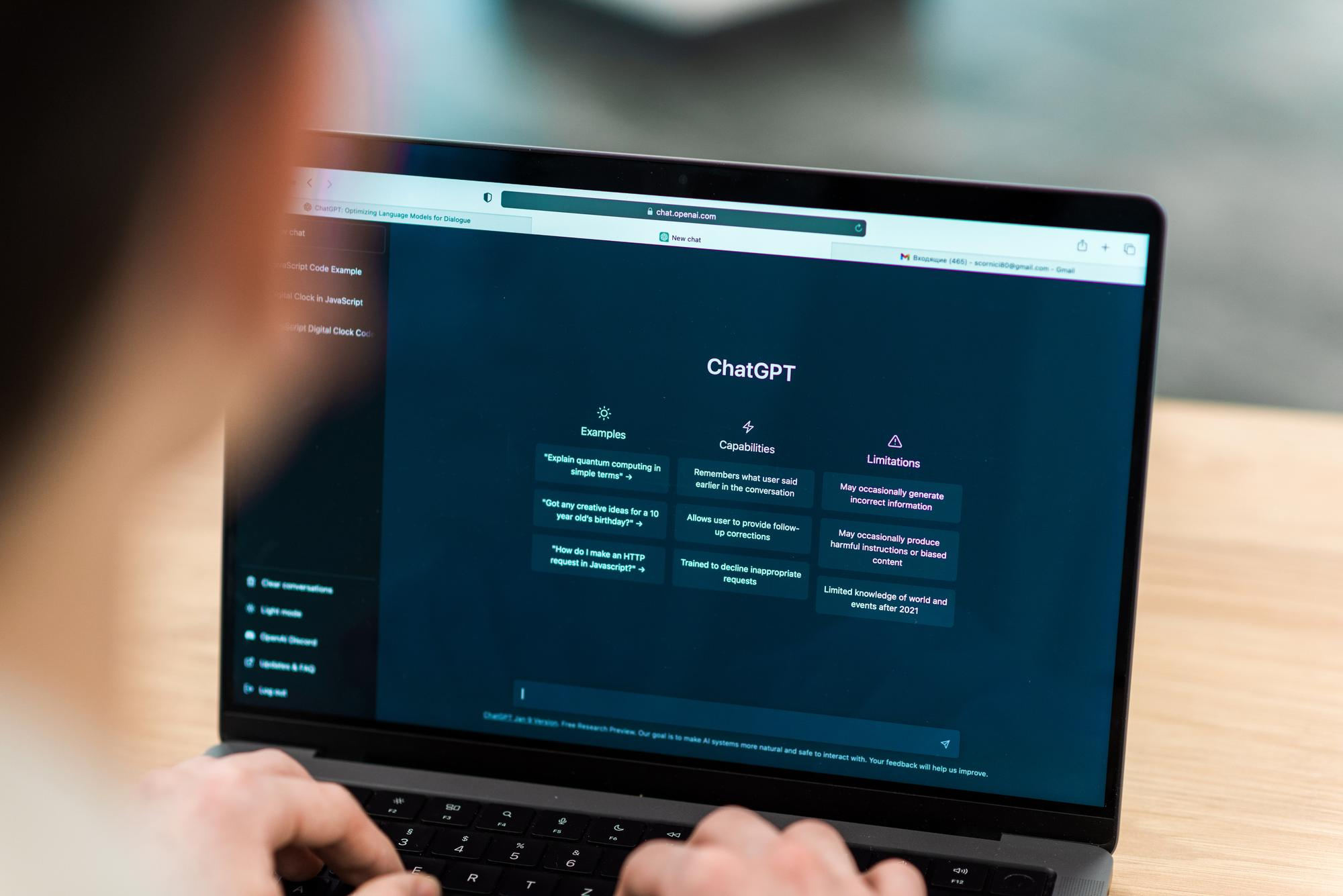 AI
AI
 AI
AI
 AI
AI
ChatGPT users are getting a nice new update that will remove the need for them to create the same instruction prompts every time they begin a new interaction with it.
OpenAI LP said in a blog post today that the “custom instructions” feature is available to subscribers of the ChatGPT Plus service in beta. It’s a new setting that allows users of the artificial intelligence chatbot to save their preferences about how they want it to behave. It allows them to retain this perspective every time they close down one session and begin another.
Some examples of instruction prompts might be “Write the answer in less than 1,000 words” or “Keep the tone formal throughout,” and they enable users to direct the kinds of responses ChatGPT will provide them with. A math teacher using ChatGPT can instruct it to create a lesson plan bearing in mind his students are just six years old, or a developer might want to specify the programming language used when asking it to create snippets of code. Users could also specify something like the size of their family, when asking ChatGPT about grocery shopping, recipes, vacation planning and so on.
Before, users would always have to specify these things prior to each chat, but now ChatGPT can remember them from the previous session. It’s a useful update for those who wish to retain the same context frequently. Custom instructions also works with plugins.
According to OpenAI, while the feature is available now in beta, users in the EU and the U.K. cannot access it. Custom instructions can be turned on through Settings > Beta features > Opt into Custom Instructions.
OpenAI mentioned in its blog post that the information people use to customize ChatGPT’s responses will be used to train the model on how to respond to different instructions.
“Information from your use of custom instructions will also be used to improve model performance – like teaching the model how to adapt its responses to your instructions without overdoing it,” OpenAI said, though it added users can opt out of sharing this data if they wish.

Users have to specify their preferences for ChatGPT’s responses in two different boxes prior to opening the actual conversation window. In the first, users can tell ChatGPT things it needs to know about themselves, while in the second, they can specify how they’d like it to respond to prompts. Their instructions are limited to 1,500 characters per box.
It’s worth nothing that custom instructions are scanned by a moderation tool to ensure they’re not harmful. Any instructions that might prompt ChatGPT to engage in hate speech or something else that violates OpenAI’s policies will be ignored.
THANK YOU